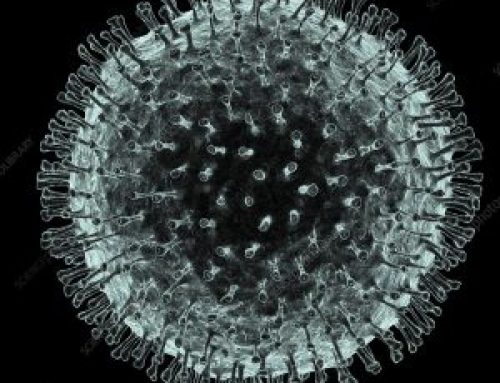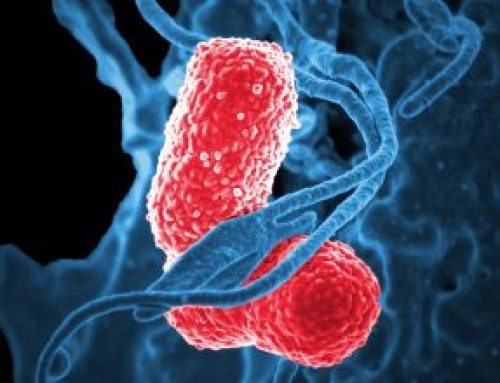Following the announcement of the end of the Ebola virus disease (EVD) outbreak in the Democratic Republic of Congo (DRC) on 24 July 2018 (see WHO press release: http://www.who.int/news-room/detail/24-07-2018-ebola-outbreak-in-drc-ends-who-calls-for-international-efforts-to-stop-other-deadly-outbreaks-in-the-country), the Health Ministry of the DRC announced a second outbreak of EVD within its borders on 1 August 2018 (see WHO website: http://www.who.int/ebola/en/ and http://apps.who.int/iris/bitstream/handle/10665/275458/SITREP_EVD_DRC_20181017-eng.pdf?ua=1).
By 16 October, total of 220 cases of hemorrhagic fever have been identified, of which 142 had a fatal outcome. Laboratory testing confirmed EVD for 185 of the cases investigated, with 35 cases remaining probable (i.e. not laboratory confirmed). The numbers of cases will continue to fluctuate in coming days as the investigation continues to confirm and discount cases. The cases have been reported from the health zones of the North Kivu and Ituri Provinces, located towards the eastern border of the DRC. This is a remote and conflicted location in the DRC, located more than 3000 Km from the capital Kinshasa (https://www.afro.who.int/news/who-calls-free-and-secure-access-responding-ebola-outbreak-democratic-republic-congo). The Mabalako and Beni Health Zones, North Kivu Province account collectively for two thirds of the cases reported to date. Containment efforts, including vaccination and strengthening of cross-border surveillance, have been mobilized (http://apps.who.int/iris/bitstream/handle/10665/275458/SITREP_EVD_DRC_20181017-eng.pdf?ua=1). During August and September the frequency of new EVD cases being reported declined, but a second wave of cases (predominantly from the Beni Health Zone) has been reported since the 17th September. Some field operations were abandoned during September due to political unrest in the affected area. Some activities have not yet been resumed in Butembo.
A total of five experimental therapeutics have been approved for emergency use in DRC for EVD affected patients (http://apps.who.int/iris/bitstream/handle/10665/275458/SITREP_EVD_DRC_20181017-eng.pdf?ua=1).
Genomic sequencing analysis of outbreak samples have indicated the involvement of the Ebola virus Zaire strain in this outbreak. The outbreak in the Equateur Province earlier in 2018 also involved the Zaire strain, but the two outbreaks are unrelated.
According to the WHO situation report dated 18 October, there are no confirmed cases of cross-border spread associated with this outbreak. WHO advises against any restriction of travel and trade to the Democratic Republic of the Congo based on the currently available information. WHO continues to monitor travel and trade measures in relation to this event. The regulations for evidence of a valid yellow fever vaccination certificate apply. Precautions against malaria should be applied as per routine practice. Malaria must be considered a high priority in the investigation and management of any febrile traveler.
Follow these links to read more about EVD:
National Institute for Communicable Diseases: http://www.nicd.ac.za/index.php/ebola-virus-disease/
World Health Organization, Ebola virus disease webpage: http://www.who.int/ebola/en/.
World Health Organization, Ebola frequently asked questions: http://www.who.int/csr/disease/ebola/faq-ebola/en/
World Health Organization, Ebola vaccines frequently asked questions: http://www.who.int/ebola/drc-2018/faq-vaccine/en/


